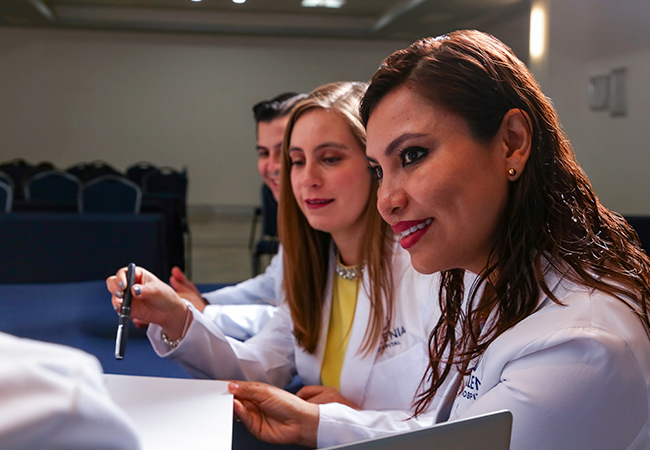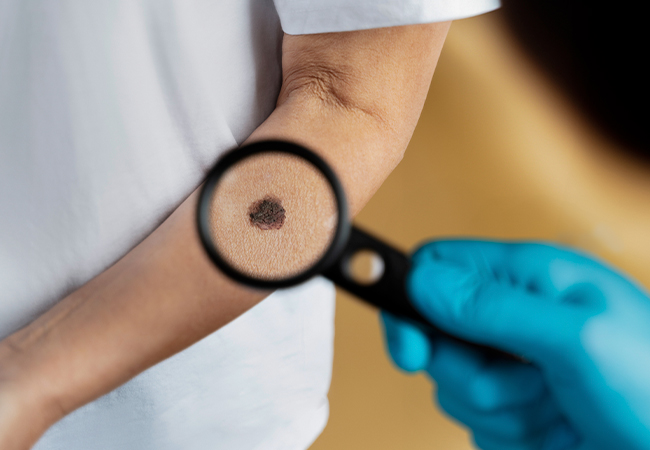Skin Cancer (Melanoma) and Sarcoma Clinic
Home
Gynecological Tumor Clinic
Digestive and Minimally Invasive Tumor Clinic
Breast Tumor Clinic
Skin Cancer (Melanoma) and Sarcoma Clinic
Head and Neck Clinic
Skin Cancer (Melanoma)
The most aggressive malignant tumor of the skin. In the United States, it is the fifth most common cancer in men and women, and its incidence increases with age. Survival rates for people with melanoma depend on the clinical stage at diagnosis, so early detection is expected to be associated with a longer survival rate. Although most melanomas are detected by the patient themselves, clinical detection by a specialist helps detect tumors at an earlier stage. The site of development, as well as the risk factors, can be multiple and varied. Risk factors include damage from UV exposure and associated genetic mutations. The site of presentation can be acral skin, mucosal, new preexisting tumors, or uveal (inside the eye). Most melanomas are superficial; however, they present with radial and vertical growth, the latter being the one that influences the layers of skin involved at diagnosis and the potential for metastasis. Among the subtypes, the most common is superficial, with up to 70% of cases occurring in a new, previously diagnosed melanoma. Nodular melanoma is the second most common and is elevated, allowing for detection when it exceeds 2 mm in thickness. Fifty percent of melanomas greater than 2 mm in thickness are nodular. In the fair-skinned population, acral melanoma is 5% prevalent; however, in non-white populations, it accounts for up to 75% of the prevalence. It is found on the soles and palms, or at the subungual level.


Sarcoma
Sarcomas are a rare group of tumors, accounting for less than 1% of all tumors in the adult population. 80% originate in soft tissue, and the remainder in bone. Sarcomas have a broad spectrum of histopathological presentations, depending on the embryonic cell that gives rise to them and their ability to differentiate into tissue such as muscle, adipose, or fibrous tissue. Some can affect peripheral nerves, and the symptoms that accompany the patient depend on this presentation. Multiple genetic mutations and associated syndromes have been identified, such as Li-fraumeni or neurofibromatosis type 1, hereditary retinoblastoma, and others. Associated risk factors include chronic irritation, exposure to carcinogens and lymphedema, as well as uncontrolled radiation exposure. Sarcomas can also be seen in viruses such as HIV-associated Kaposi’s sarcoma. The clinical presentation also varies according to the age group affected, with liposarcoma being more common in adults and rhabdomyosarcoma in children.

